Yoga is an ancient practice that has become a popular way to improve physical and mental well-being. If you're new to yoga, starting can feel a bit overwhelming, but with the right guidance, it can be a fulfilling journey. Yoga offers numerous benefits, including increased flexibility, improved strength, reduced stress, and enhanced mental clarity. In this guide, we'll walk you through the basics of yoga, essential poses, and tips for building a consistent practice.
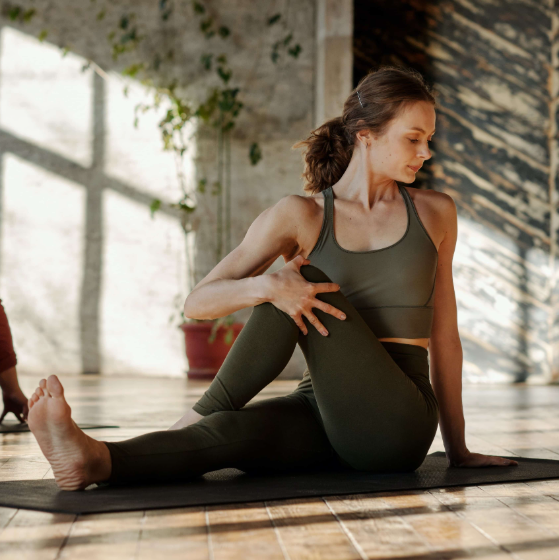
Physical Benefits: Yoga improves flexibility, strength, balance, and posture. It also supports heart health and enhances overall mobility.
Mental Benefits: Yoga reduces stress, increases mindfulness, and promotes mental clarity and focus.
Spiritual Benefits: For some, yoga is a spiritual practice that fosters self-awareness and inner peace, allowing for a deeper connection with oneself and the world.
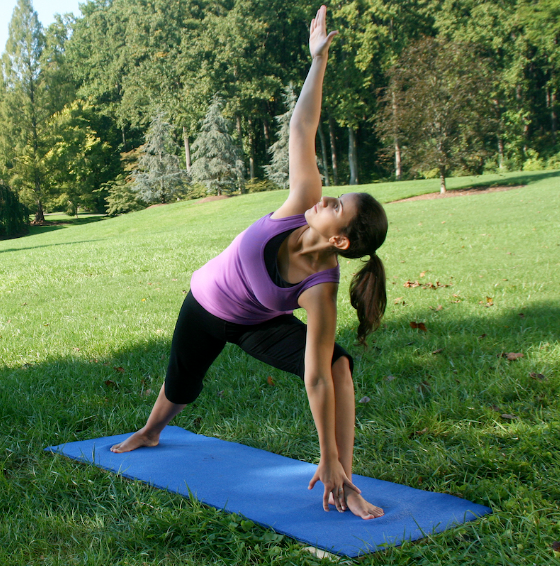
Hatha Yoga: This gentle, slower-paced style focuses on basic postures and breath control. It’s great for beginners who want to learn foundational poses and techniques.
Vinyasa Yoga: A dynamic style that links breath with movement. Vinyasa is ideal for those looking for a more energetic and flowing practice.
Yin Yoga: A slower, meditative style that involves holding poses for longer periods to stretch deep connective tissues. It’s excellent for improving flexibility and releasing tension.
Restorative Yoga: A relaxing style that uses props like blankets and bolsters to support the body in restful poses. It’s perfect for stress relief and deep relaxation.
Ashtanga Yoga: A structured and physically demanding style that follows a set sequence of poses. It’s ideal for those who enjoy discipline and repetition.
Power Yoga: A vigorous, fitness-based approach that builds strength and stamina. Great for those looking for a challenging workout.
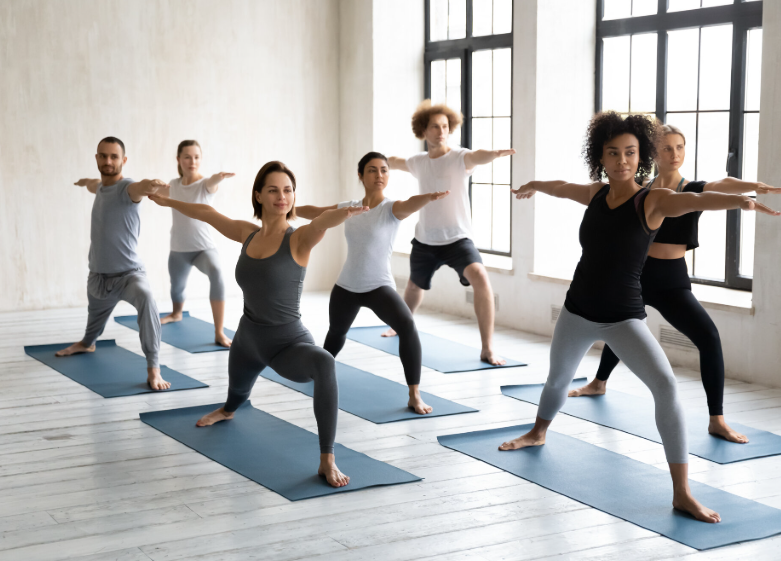
Mountain Pose (Tadasana): A standing pose that improves posture and body awareness.
How to Do It: Stand with your feet hip-width apart, arms by your sides. Engage your core and lift your chest, reaching your arms overhead. Keep your shoulders relaxed and breathe deeply.
Benefits: Mountain Pose helps improve alignment, balance, and focus.
Downward-Facing Dog (Adho Mukha Svanasana): A classic yoga pose that stretches the hamstrings, calves, and shoulders.
How to Do It: Start on your hands and knees, then lift your hips toward the ceiling, forming an inverted V-shape with your body. Press your hands firmly into the mat and lengthen your spine.
Benefits: Downward Dog stretches the legs and back, strengthens the arms and shoulders, and improves circulation.
Child’s Pose (Balasana): A resting pose that gently stretches the lower back, hips, and thighs.
How to Do It: Kneel on the floor with your big toes touching and knees spread apart. Sit back on your heels and stretch your arms forward, resting your forehead on the mat.
Benefits: Child’s Pose promotes relaxation and helps release tension in the lower back and hips.
Warrior I (Virabhadrasana I): A standing pose that strengthens the legs and core while improving balance.
How to Do It: Step one foot back into a lunge, with your back foot turned out slightly. Bend your front knee and raise your arms overhead, engaging your core. Hold for several breaths, then switch sides.
Benefits: Warrior I builds leg strength, improves balance, and opens the chest.
Seated Forward Bend (Paschimottanasana): A seated pose that stretches the hamstrings and lower back.
How to Do It: Sit with your legs extended in front of you. Inhale to lengthen your spine, then exhale as you fold forward from your hips, reaching for your feet or shins.
Benefits: This pose lengthens the hamstrings and stretches the spine, promoting flexibility and relaxation.
Bridge Pose (Setu Bandhasana): A gentle backbend that stretches the chest, neck, and spine while strengthening the legs and core.
How to Do It: Lie on your back with your knees bent and feet flat on the floor. Press your feet into the mat and lift your hips toward the ceiling, engaging your glutes and core.
Benefits: Bridge Pose opens the chest and shoulders, strengthens the back and legs, and improves posture.
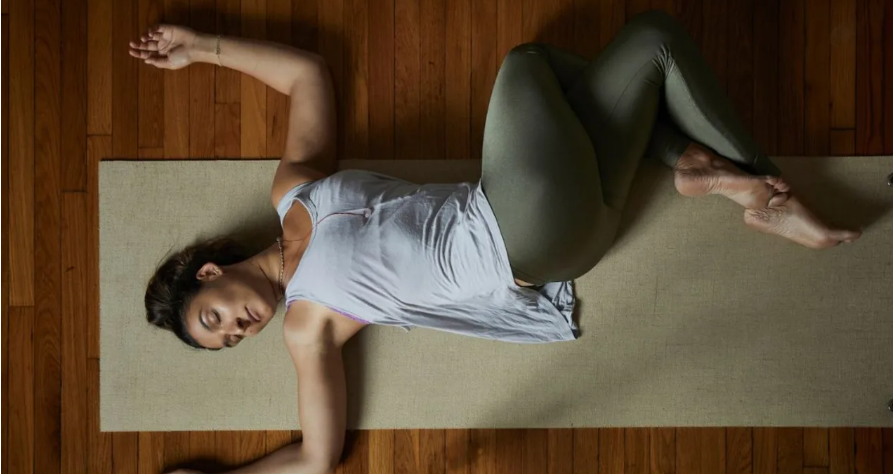
Ujjayi Breath (Victorious Breath): A controlled breath that creates internal heat and focuses the mind.
How to Do It: Inhale deeply through your nose, slightly constricting the back of your throat as you exhale through your nose, creating a soft "ocean" sound.
Benefits: Ujjayi breath helps you stay focused, calm, and present during your practice.
Three-Part Breath: A calming breath technique that encourages full, deep breathing.
How to Do It: Inhale deeply into your abdomen, then expand into your ribcage and chest. Exhale fully, releasing the breath from your chest, ribcage, and abdomen in reverse order.
Benefits: This breath promotes relaxation and helps reduce stress and anxiety.
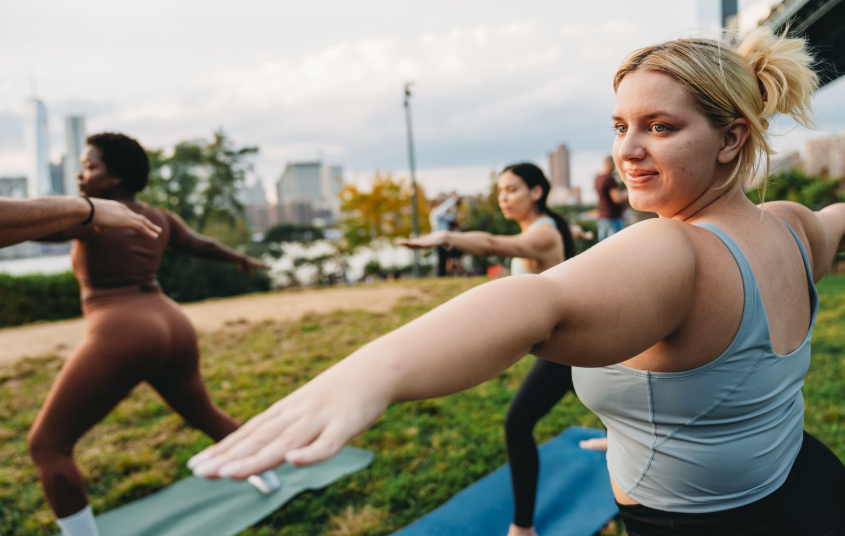
Start Slowly: Don’t rush into complex poses or long sessions. Begin with shorter, more gentle practices to build a foundation and gradually increase the intensity over time.
Listen to Your Body: Yoga is a personal practice, so listen to your body and avoid pushing yourself too far. If a pose feels uncomfortable, modify it or take a break. Over time, your flexibility and strength will improve.
Practice Consistently: Consistency is key to progress. Aim to practice yoga at least 2-3 times a week, even if it’s just for 15-20 minutes. Over time, you’ll notice improvements in your strength, flexibility, and mental clarity.
Use Props: Don’t hesitate to use props like blocks, straps, or blankets to make poses more accessible. Props can help you maintain proper alignment and make your practice more comfortable.
Find a Teacher or Online Class: If possible, attend a beginner’s yoga class or follow along with online tutorials. A certified instructor can help guide you through poses and provide feedback on alignment and technique.
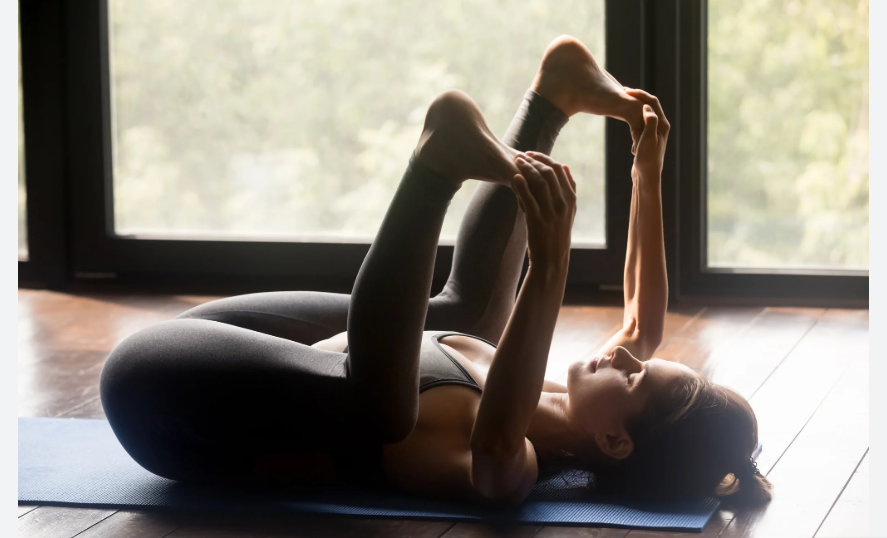
Choose a Quiet Spot: Find a space in your home where you won’t be disturbed. You don’t need much room—just enough for your yoga mat and some space to move around.
Keep It Simple: Your yoga space should be clean and clutter-free. All you really need is a yoga mat and maybe some props like blocks or blankets for support.
Set the Mood: Create a calming atmosphere with soft lighting, candles, or relaxing music. You can also use essential oils or incense to enhance the ambiance.
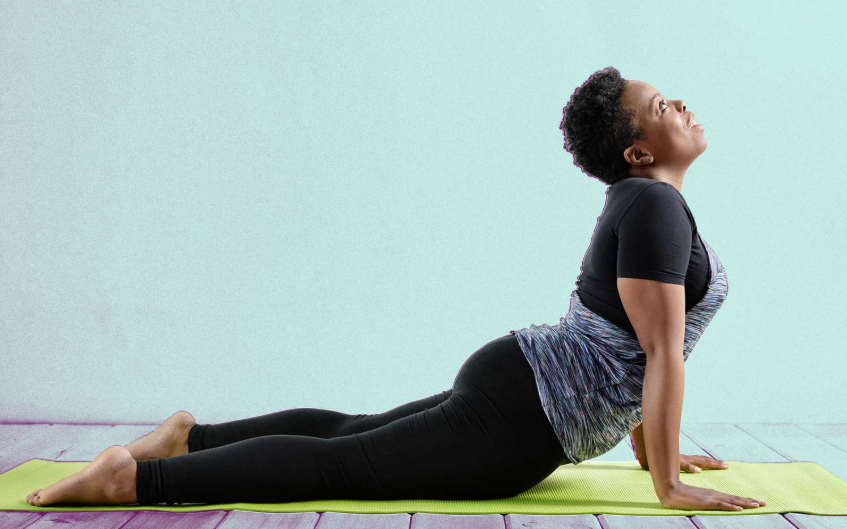
Start with Short Sessions: Begin with just 5-10 minutes of meditation at the end of your yoga practice. You can sit cross-legged or lie down in Savasana (Corpse Pose) and focus on your breath or a calming word or mantra.
Use Guided Meditation: If you’re new to meditation, try using a guided meditation app or recording to help you stay focused. Many yoga teachers include short guided meditations at the end of their classes.
Final Thoughts
Starting yoga as a beginner can be both exciting and rewarding. By choosing the right style, focusing on foundational poses, and incorporating breathing and mindfulness techniques, you’ll begin to experience the many benefits yoga has to offer. Remember, yoga is a personal practice that grows with you, so be patient, stay consistent, and most importantly, enjoy the journey.